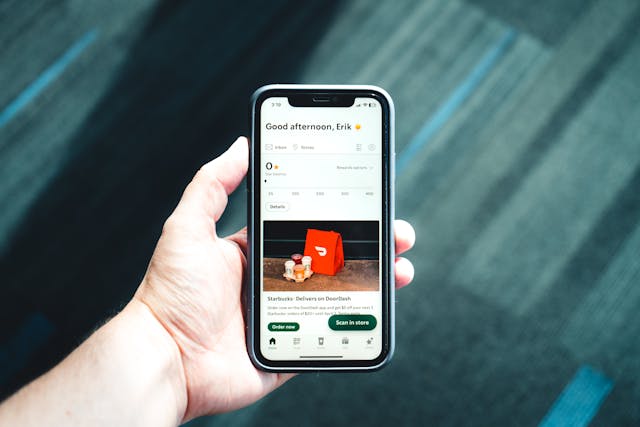With patron expectations at an all-time high, immediate delivery has evolved from a luxury to a necessity. From groceries to healthcare products, the demand for on-demand transportation structures is exploding. However, building a shipping app that stands out in 2025 requires more than just coding—it necessitates operational insight, intelligent technology, and an exceptional user experience.
This manual examines the process of creating a top-performing delivery solution, incorporating best practices in layout, logistics, and website development.
1. Pinpoint Your Purpose and Platform Strategy
Start with clarity. Define what you’ll deliver—groceries, food, medicinal drugs, or offerings—and align it with a suitable version:
Single Vendor Model: Handle stock and transport in residence. (e.g., Domino’s)
Aggregator Model: Partner with 0.33-party providers and manipulate shipping logistics. (e.g., Dunzo)
Marketplace Model: Connect stores with customers, but leave shipping to the providers. (e.g., Swiggy Genie)
The approach you select influences the entirety, from UI to backend, and common sense.
2. Must-Have Panels for a Functional App
A successful shipping machine is based on established consumer roles and streamlined interfaces throughout:
User Panel
- One-click login/sign-up
- Real-time monitoring
- Secure payment gateways
- Reviews and remarks
- Notifications
Vendor Panel
- Product and pricing control
- Order Monitoring
- Sales analytics
- Inventory updates
Delivery Partner Panel
- Smart order venture
- Navigation Assist
- Real-time updates
- Earning insights
Additionally, a relevant admin panel for full control over the environment is crucial for scaling operations.
3. Tech Infrastructure That Powers Success
Robust tech is the muse. Consider:
- Frontend: Flutter or React Native
- Backend: Django or Node.js
- Database: PostgreSQL or MongoDB
- Live Features: Firebase, WebSockets, or Socket.IO
- Cloud Hosting: AWS or Google Cloud
- Integrations: Twilio (OTP), Razorpay (bills), Google Maps (routing)
This is where website improvement must move beyond visuals and ensure overall performance, responsiveness, and API performance.
4. Designing a Smooth User Flow
Great consumer enjoyment comes from minimal friction. Focus on:
- Streamlined checkout float
- Consistent and speedy overall performance
- Multilingual and reachable design
- Cross-platform compatibility
Prototyping and testing equipment like Figma or Adobe XD ensures the UI works across devices before launch.
5. The Core of Logistics & Real-Time Management
This layer handles shipping with precision. Utilize GPS monitoring, route optimization, and driver dispatching judgment to minimize transportation times. CRM systems enhance transparency by synchronizing customer service and dispatch teams, allowing for seamless collaboration. Collaborating with third-party logistics providers, such as Delhivery, Shadowfax, or Dunzo, extends your operational footprint.
Push indicators and live map monitoring constructs agree with and engage with customers.
6. Secure and Legally Compliant
Incorporate capabilities that protect users and meet criminal necessities:
Data encryption
Secure bills
OTP-based order verification
Regular backups
For area-specific compliance:
FSSAI licensing (for meals transport)
Pharmacy regulation compliance (for medication delivery)
If focused on a worldwide person base, ensure **GDPR** compliance is in place.
7. Validate with MVP, Scale with Confidence
Instead of launching all features without delay, start with a Minimum Viable Product (MVP). Prioritize:
- Order Placement
- Tracking
- Payments
- Customer communique
Then scale with the aid of including:
- Subscription plans
- Loyalty rewards
- Custom CRM tools for deeper purchaser engagement
- AI-pushed order pointers
- EV or drone-based logistics (if ahead-of-searching)
Conclusion
On-demand delivery apps thrive when built with the right mix of vision and execution. A robust foundation in web development, combined with an interest in logistics and the use of custom CRM tools, can lead to long-term scalability and customer satisfaction.
Build lean. Move smart. Scale responsibly, and your app can thrive within the hyper-competitive delivery space of 2025.




